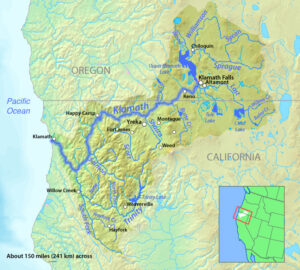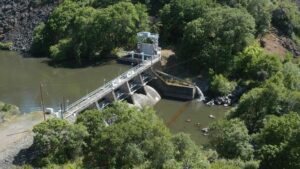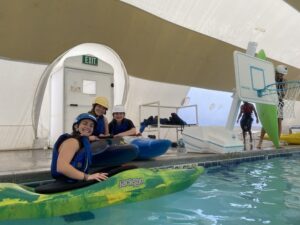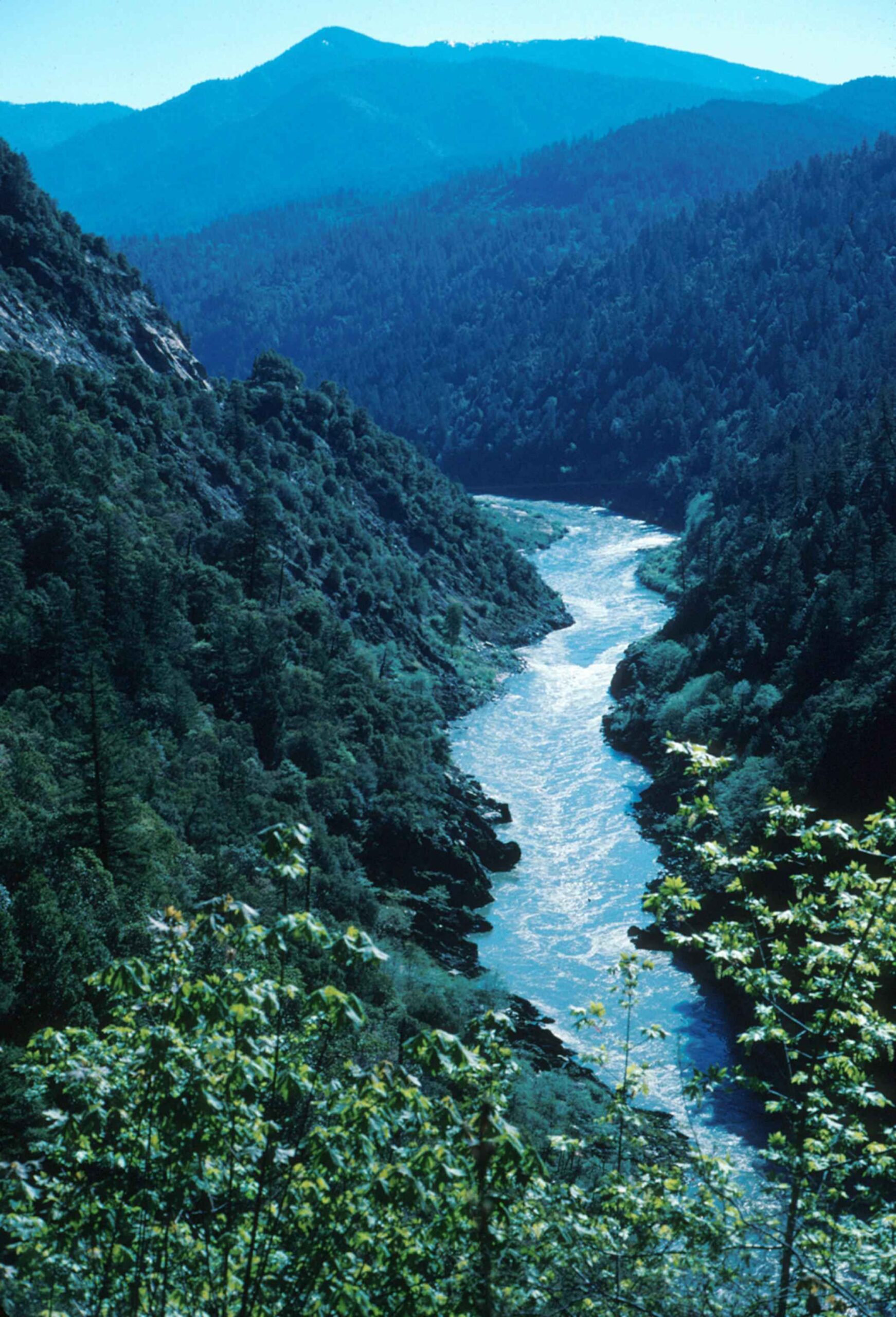Revisiting the Klamath River Corridor
Alzar School is excited to rekindle our relationship with the Klamath River Corridor. For the next week and a half, Alzar School students will be navigating the Klamath River utilizing oar rafts, paddle rafts, and inflatable kayaks. The Klamath River Watershed, divided into the Upper and Lower Basins, is situated in northern California and southern Oregon. Encompassing an area the size of Massachusetts and Connecticut combined, the Klamath National Forest is made up of four designated wilderness areas and managed jointly with the Butte Valley National Grassland. Surrounded by stands of pines, firs, cypress, and cedars, almost 10% is covered by old-growth forest.

The Klamath River stretches 257 miles from southern Oregon to the Pacific Ocean and runs through 5 hydropower dams. The Klamath River watershed encompasses more than 15,000 square miles. That’s an area larger than the state of Maryland! The river has been home to indigenous people for thousands of years including the Yurok, Karuk, Hoopa, Shasta, and Klamath tribes. These tribes once relied on the river for its salmon runs which were once the third-largest in the nation, but have now fallen to just 8% of their historic numbers. Because of the decreased salmon numbers and controversy over the Basin’s many water interests, from farmers to tribes to commercial salmon fishing and wildlife refuges, the Klamath is set to undergo one of the world’s largest dam removal and river restoration projects. For the past several years, the Klamath Basin Restoration Agreement and the Klamath Hydroelectric Settlement Agreement have collaborated to reach a compromise of the rich waters and lands. Together, they will:
- Remove four of the five hydroelectric dams.
- Divide the water of the Upper Basin among the farmers, wildlife refuges, and other environmental use areas that are sustainable and fair.
- Fund a 10-year restoration project focused on salmon recovery.

Our students will spend 6 days on the river during their expedition learning about the history of the Klamath River Corridor while engaging in rich place-based lessons. Students will develop independence, confidence, and grit that only comes from experiencing and living in natural environments, away from our comforts of daily structure and connectedness to the social world. While observing faculty leadership in a wilderness environment, students will be able to lean into their own signature styles of river leadership in small group teams. These life skills will transfer into all future adventures, both urban and wilderness, foreign and domestic as students become more aware of their role as stewards and citizens of our natural places.

Resources:

